Chapter 5
Armamentarium for Basic Procedures
Basic Instrumentation for Soft Tissue Procedures
Basic soft tissue instrumentation consists of a scalpel for making incisions (Fig. 5.1), toothed and non-toothed forceps (Figs 5.2, 5.3, 5.4) for grasping tissues and arresting bleeding vessels, Allis-type clamps (Fig. 5.5) for appropriately holding biopsy specimens and tissue margins, retractors (Figs 5.6, 5.7) as well as a range of forceps ranging from smaller mosquito-type forceps to larger Kelly and Schnidt-type forceps (Fig. 5.8), needle-holding forceps (Fig. 5.9), and appropriate scissors (Figs 5.10, 5.11, 5.12). All of these instruments can be combined to make an appropriate soft tissue instrument tray.

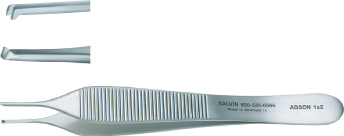


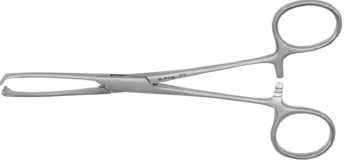

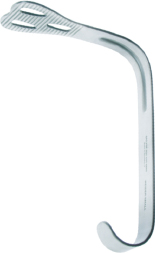
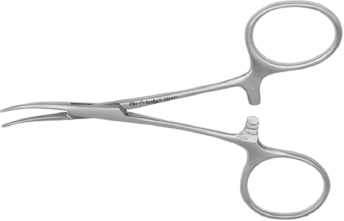
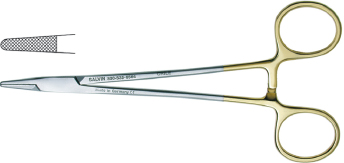
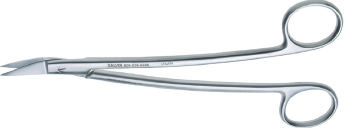
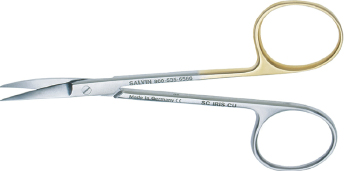
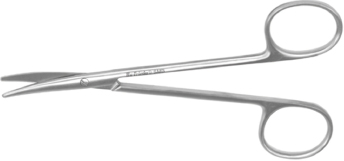
Basic Hard Tissue Instrumentation
For surgery involving the mandible or maxilla, the basic soft tissue instrumentation is required, and additionally, one requires periosteal elevators (Figs 5.13, 5.14) to raise periosteum from bone, periosteal retractors (Figs 5.6, 5.15), curettes (Fig. 5.16) and rongeurs (Fig. 5.17) for removing and scraping bone, and bone files (Fig. 5.18) for smoothing the bone.




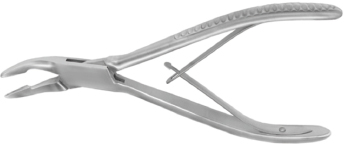

Drills
An appropriate drill for removing bone (Fig. 5.19) will be either gas-powered or electric-powered and will not exhaust gas or air through the tip of the handpiece, since this gas can force debris and bacteria into the bone and can even cause an air embolus. Any gas used to power the drill should exhaust back along the tubing into the operatory or into a scavenging device. For preference, drills should have an automatic irrigation system built into them which is linked to the drill control and can be used in conjunction with a sterile irrigant solution. Burs should be appropriate bone-cutting burs rather than burs intended to cut enamel and dentin.

Dental Elevators
Elevators are often used in conjunction with dental forceps to remove teeth and roots. The general principle in the use of the elevators is that the surrounding alveolar bone is used as a fulcrum for the action of the elevator rather than the adjacent tooth, unless it is intended to also remove the adjacent tooth. If the alveolar bone is used as a fulcrum and it is crushed by the elevator, this bone should be removed with a curette or bone file. Elevators that have a right-angle point of elevation can exert significantly higher forces on the ma/>
Stay updated, free dental videos. Join our Telegram channel

VIDEdental - Online dental courses


